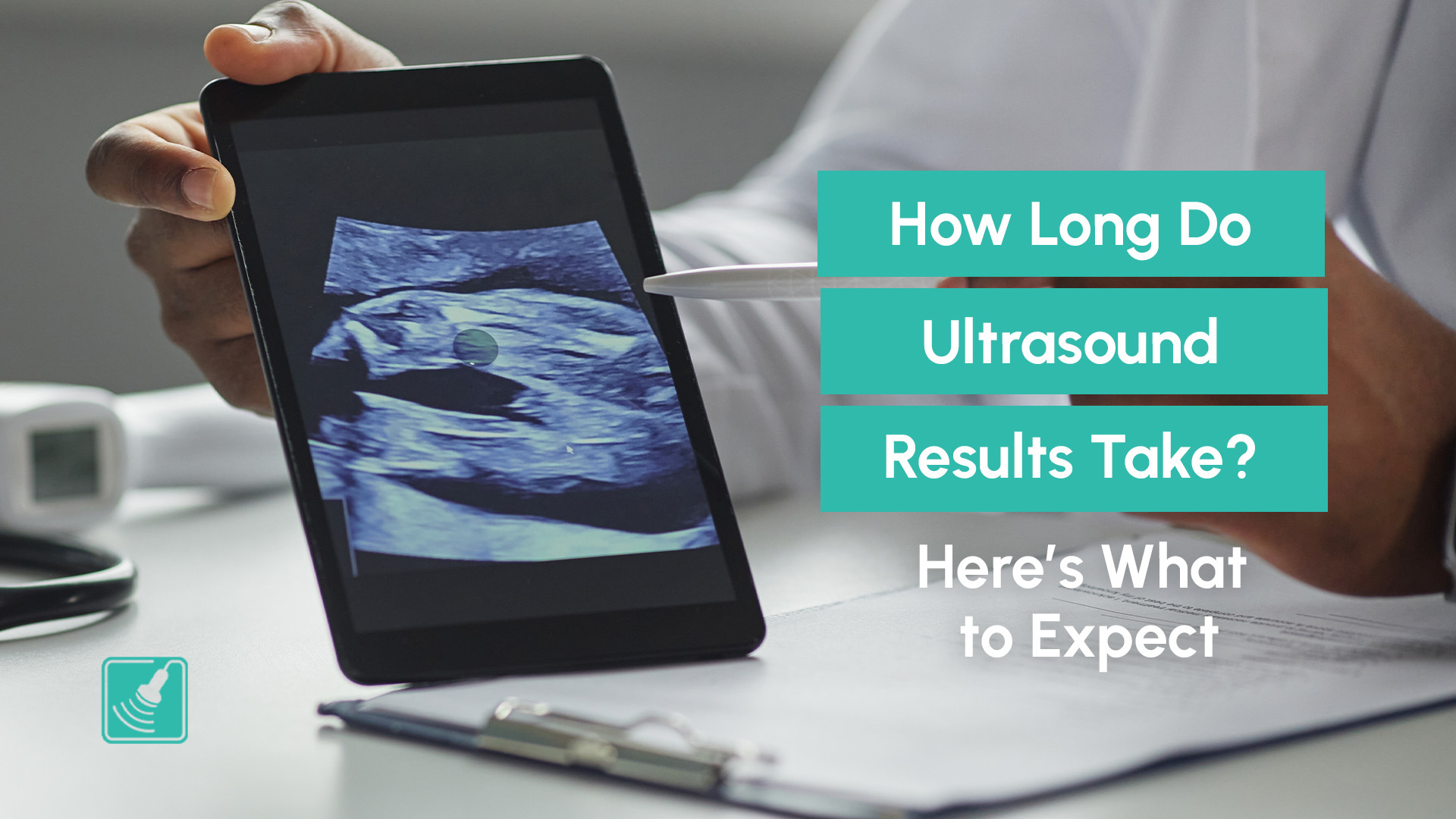

If you’ve been referred for a venous ultrasound, you might be wondering what it is, why you need it, and what it can detect. This quick, non-invasive scan is commonly used to assess the health of your veins, especially in the legs, but occasionally in the arms too. Whether you’re experiencing leg swelling, pain, or concerns about varicose veins, a venous ultrasound can provide answers and help guide your treatment.
A venous ultrasound is a diagnostic imaging test that uses high-frequency sound waves to evaluate how blood flow through your veins. It’s typically performed using Doppler ultrasound, which shows both the structure of the vein and the speed and direction of blood flow.
The scan is painless, safe, and doesn’t involve radiation. It’s most often used to assess the deep veins in the legs, but can also be performed on arm veins when there’s a concern about clots.
DVT Sonography: Detecting Blood Clots in the Legs
One of the most urgent reasons for a venous ultrasound is to check for deep vein thrombosis (DVT) , a blood clot that forms in a deep vein, usually in the leg. This condition can be life-threatening if the clot travels to the lungs.
DVT sonography allows specialists to detect these clots quickly and accurately. If you’ve experienced leg swelling, pain, warmth, or redness especially after surgery, long travel, or prolonged inactivity, your doctor may refer you for a scan. At Capri Ultrasound, our team are specialists in DVT sonography, with fast turnaround for urgent referrals.
When to Worry About Varicose Veins
Many people live with varicose veins, but when to worry about varicose veins is a question we hear often. Symptoms such as heaviness, aching, swelling, or changes in skin colour could indicate that the issue goes deeper than just cosmetic appearance.
A venous ultrasound helps determine whether you’re experiencing venous reflux or chronic venous insufficiency, conditions where valves in the veins aren’t working properly. In some cases, your GP may refer you for a venous ultrasound to support a varicose vein treatment bulk billed under Medicare. While Capri Ultrasound doesn’t perform treatments, we do provide bulk billed diagnostic scans that may be required as part of the assessment process.
Why Is Only My Left Leg Swelling?
A question that comes up frequently is: why is only my left leg swelling? – or sometimes the right. While it might seem odd to have symptoms on one side only, it’s not uncommon and it can point to an issue with blood flow or venous return in that leg.
A venous ultrasound helps identify whether the swelling is due to valve dysfunction, a blood clot, or another vascular issue. By capturing real-time images of your vein function, your doctor can get clarity on the cause and determine the next step in managing your symptoms.
Burst Vein in Leg or Blood Vein Burst in Leg?
If you’ve noticed bruising, a visible vein rupture, or localised pain, you may be wondering whether you’ve experienced a burst vein in the leg or a blood vein burst in the leg. These terms are often used informally by patients, but they can sometimes signal an underlying problem.
A venous ultrasound can help distinguish between a minor surface issue and something more serious like venous reflux or a clot in a deeper vein. It’s a helpful scan when symptoms are unclear, or if your doctor wants to rule out complications.
Arm Vein Clots: Not Just a Leg Issue
While venous ultrasounds are most commonly used for the legs, they’re also performed on the arms in certain cases. Clots in the arm veins are less common but can occur due to catheter use, certain medications, or as a post-surgical complication.
If you have unexplained swelling, pain, or a heavy sensation in one arm, your doctor might refer you for a venous ultrasound of the upper limb to rule out a clot. At Capri Ultrasound, we occasionally see patients for this scan and are experienced in recognising these less typical presentations.
A venous ultrasound may be considered urgent if you have:
In these cases, the scan helps confirm whether a DVT is present so treatment can begin quickly. Left undiagnosed, a clot could travel to the lungs and become a pulmonary embolism, which can be life-threatening.
The procedure is straightforward. You’ll lie down while a trained sonographer applies gel and moves a small handheld probe (called a transducer) over the affected area. The scan usually takes between 10 to 20 minutes, depending on how many areas need to be checked.
No preparation is usually required, and you can return to normal activities straight after.
Capri Ultrasound offers expert venous ultrasound services on the Gold Coast, with experience across a range of vascular conditions. We’re equipped to handle:
We provide fast, accurate imaging and work closely with referring GPs and specialists. Bulk billing is available for eligible Medicare card holders.
If you’ve been referred for a venous ultrasound, Capri Ultrasound offers fast, expert imaging with bulk billing available for eligible Medicare card holders. Our experienced team is here to help diagnose and manage vascular issues like DVT, varicose veins, and unexplained swelling with care and accuracy.
Contact Capri Ultrasound today to book your bulk billed scan.